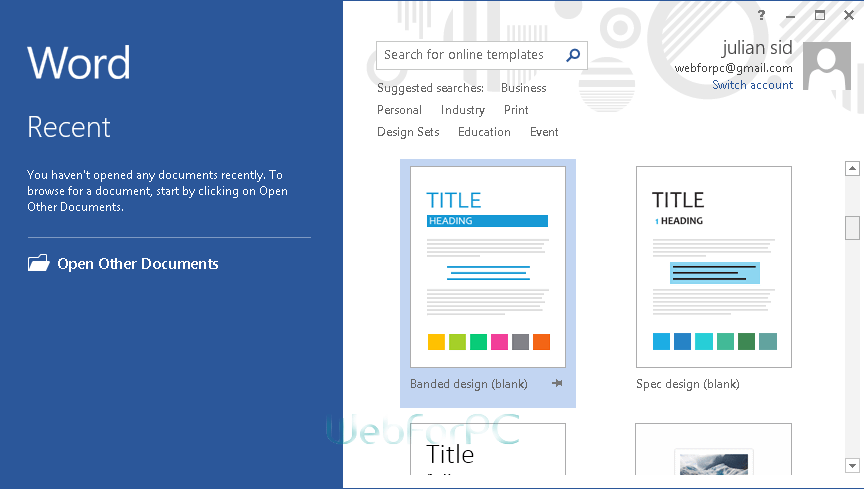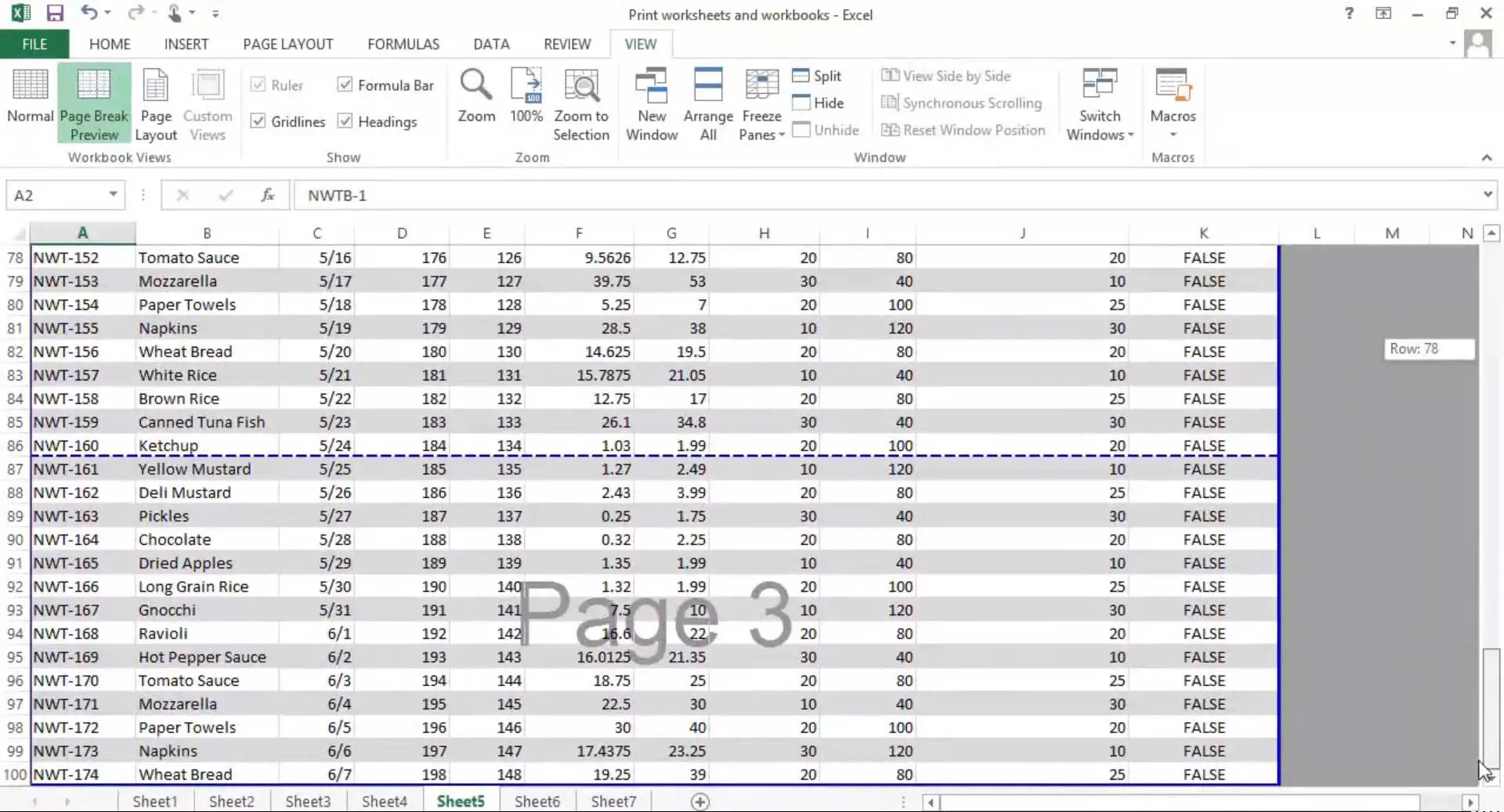



How much memory is required to run Office 365?Ģ GB RAM (64-bit) recommended for graphics features, Outlook Instant Search & certain advanced functionalityĦ. Windows 10, Windows 8.1, Windows 8, Windows 7 Service Pack 1ĥ. What are the minimum system requirements for Office 365? It is a part of the Microsoft Office line.Ĥ. We are also still eagerly awaiting versions of Office that will work with an Android tablet and an iPad mini be sure to read more about the many faces of Office, including details about what you can and can’t get on mobile devices.Office 365 is a subscription from Microsoft. In its current incarnation, however, Office on Demand doesn’t offer the type of flexibility and consistency you’d hope for with a Web-friendly version of Office. The cloud-connected Office 365 is potentially a game changer for Microsoft’s Office franchise. If you don’t have a previous version of Office installed, you can choose either version, but unless you frequently work with large data sets, Microsoft recommends using the 32-bit version, even if you’re running a 64-bit version of Windows. In other words, you can’t upgrade the 32-bit version of Office 2010 to the 64-bit version of Office 365 and vice versa. Microsoft says an Office 365 license can cover a mix of 32- and 64-bit installations, but if you’re upgrading from Office 2010, you cannot switch from the version of that installation. I also ran into an issue involving a conflict between a 64-bit installation of Office and a 32-bit version. At one point the app was unable to save to SkyDrive (it said it was disconnected from the server) and saved the document to my hard drive. Regardless of how I opened a document, I noted a slight delay in saving to SkyDrive. Upgrading? Choose between 64-bit and 32-bit versions of Office.Īlternatively, you can click an existing document in SkyDrive and then click an Edit Document link, which gives you the choice of working in the Web app or accessing the full on-demand app. The application took about a minute or so to launch-but when it did, it looked like the real deal. Clicking one of the application links first brings up a tooltip suggesting that you’ll be creating a new document, and then produces splash screens informing you that the application is being streamed to your browser (Google Chrome showed a pop-up with more detail about the add-on).


 0 kommentar(er)
0 kommentar(er)
